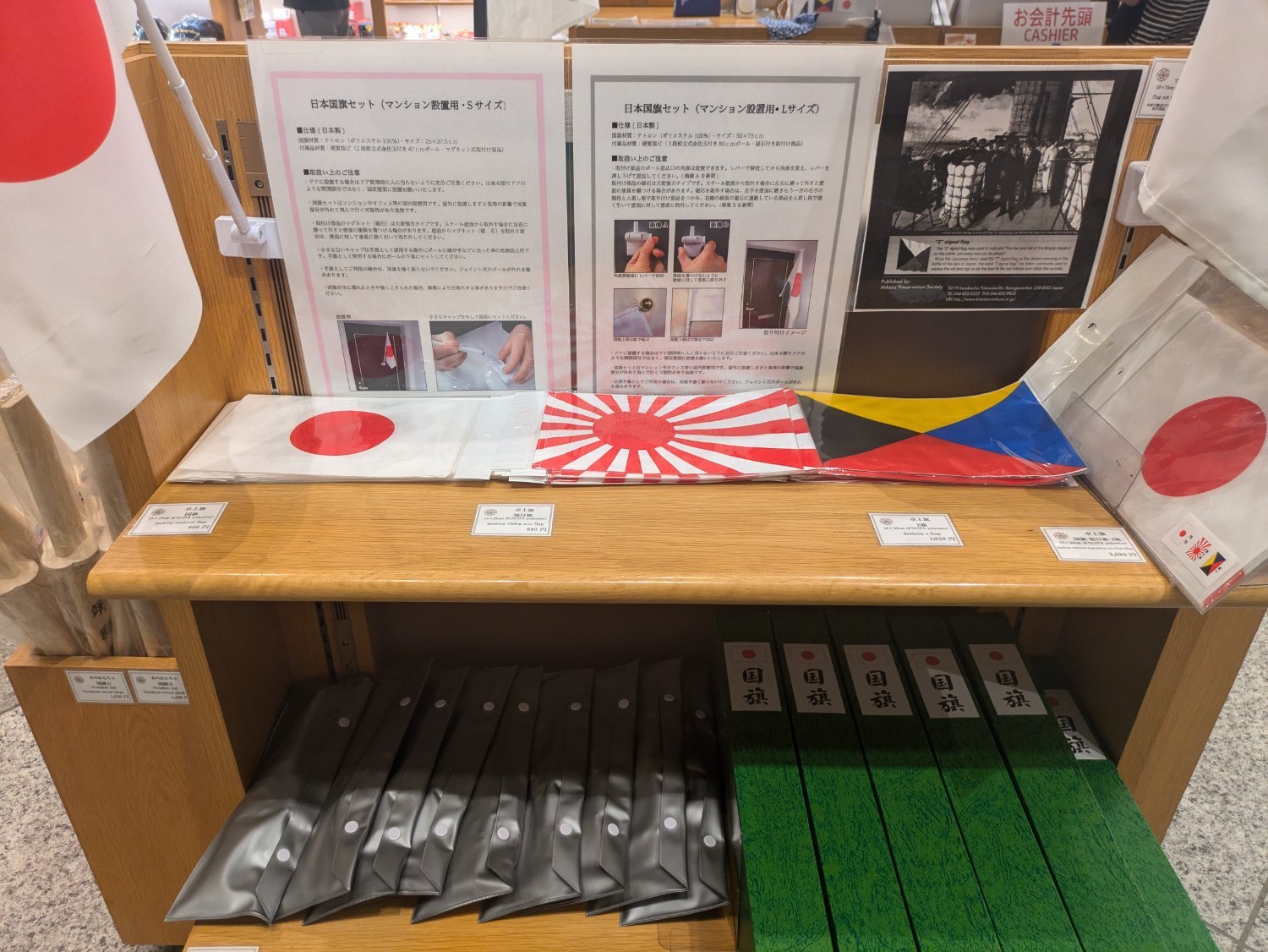

Yeah, the panel that stuck with me most was that the US had been escalating sanctions against Japan for their 3 decade long occupation of Manchuria and invasion of Indochina. Admittedly, there were certainly valid complaints against Western imperialism and racism, but the panel said
The United States with its biggest potential influence was hamstrung by isolationism. From 1935 to 1937, Congress passed three “Neutrality Acts”. President Roosevelt, deeply concerned with developments in Europe and Asia, gave the “quarantine speech” on October 5, 1937, in which he urged that it was necessary to deal with international “lawlessness,” implicitly criticizing Japan. The public opinion and Congress gradually supported strengthening sanctions against Japan, such as the abrogation of the U.S.-Japan Trade and Navigation Treaty and finally the oil-embargo, which triggered the war.
which is a bizarre way to justify Pearl Harbor.




You can install Plex on your mobile device and toggle the “share media from this device” setting. Otherwise, a steam deck would have everything an RPI has plus a GPU and a touch screen. Since there are two radios (2 and 5Ghz) on the device, you should be able to set it up as a bridge device, but I’ve not tried this personally.